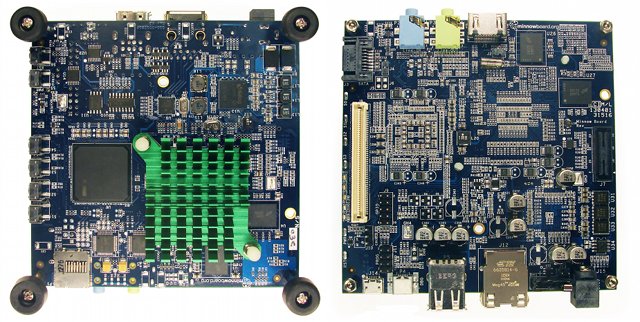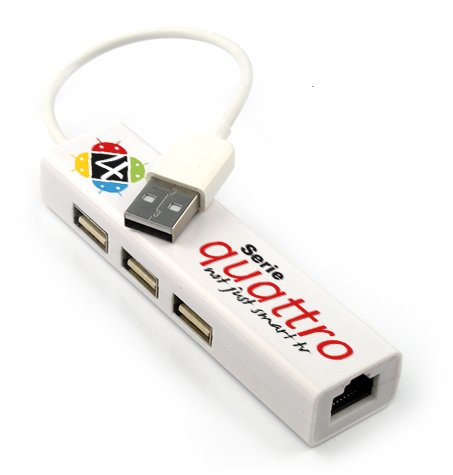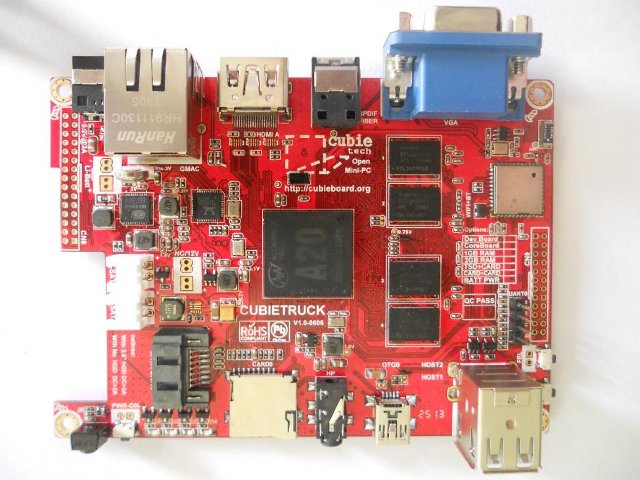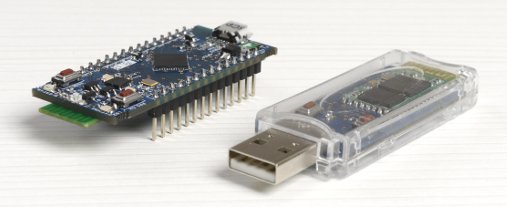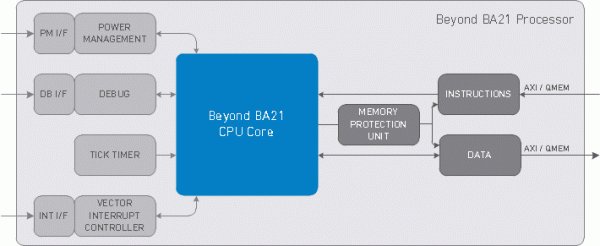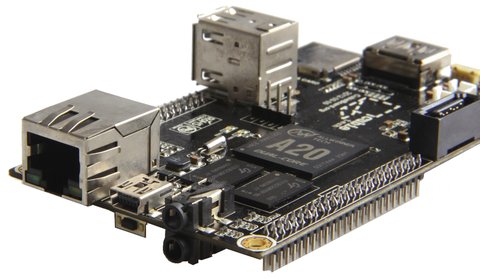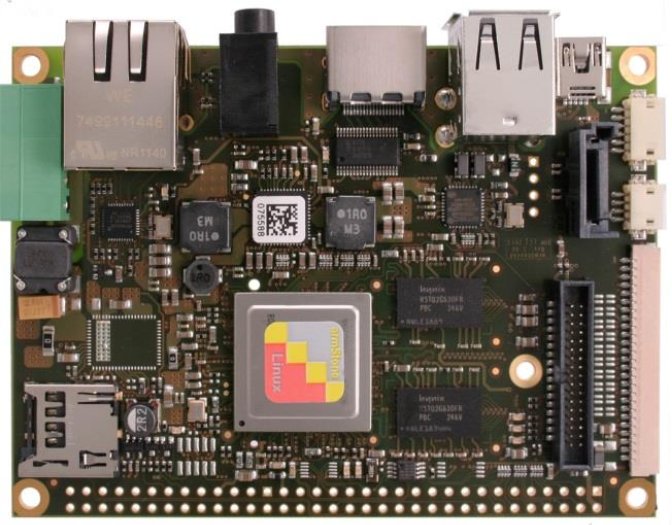Minnowboard is a development board designed by Intel’s Open Source Technology Center, powered by Intel Atom E640 processor @ 1GHz with 1GB RAM, SATA2 and Gigabit Ethernet support, and several embedded I/O such as SPI, I2C and CAN, and that ships with Angstrom Linux distribution. Minnoboard Specifications: Processor – Intel Atom E640 @ 1GHz (32bit) Chipset – EG20T Intel Platform Controller Hub GPU – Integrated Intel Graphics Media Accelerator (GMA) 600 System Memory – 1 GB DDR2 RAM Storage – 4 MB SPI Flash (for Firmware), micro SD card slot and SATA Video Output – SDVO to DVI (over HDMI connector) Audio – 1/8″ (3.5mm??) jack line Input and Output I/O: 1x SATA2 3Gb/sec 2x USB host ports + 1x micro USB device 1x Serial debug via Serial (UART 0) to USB conversion (mini-USB-B port) 10/100/1000 Ethernet PCI Express Expansions: 8x Buffered GPIO pins 2x GPIO controlled LEDs 4x GPIO […]
Ethernet & USB Hub Combo for Android Mini PCs
The first time I saw a USB & Ethernet hub was the one that comes with SmartCandy mini PC, but I never thought of checking if they sold such item separately until this morning, as I’ve noticed that Asiapads is selling a “Zero Devices Hub” with 3 USB 2.0 ports and a 10/100M Ethernet RJ45 connector. Of course, you could always get a standard USB hub plus an external Ethernet USB dongle, but an all-in-one solution maybe more convenient for some people. Zero Device Hub sells for $14.99, and is said to be compatible with Android mini PCs such as Z4C and Z2C. I’ve also looked on DealExtreme, and there’s one device with the same features for $11.90, but according to users’ reviews it’s not compatible with Android. The same device is also available for $7 and up on Aliexpress. The Ethernet part is apparently based on DM9601, which works in […]
Cubietruck Development Board Features AllWinner A20 SoC, 2GB RAM, and Gb Ethernet
When Cubietech announced the availability of the Cubieboard2 last week, some people seemed disappointed it only came with 1GB RAM and no Gigabit Ethernet. We already knew a board called Cubietruck was in the work with those features, but work has gone faster than I expected as pictures of the Cubietruck board are already available. Instead of simply listing the specifications, I’ll show a comparison table of the specifications against Cubieboard2. Cubietruck Cubieboard2 SoC AllWinner A20 Dual-Core ARM Cortex-A7 with Mali400 MP2 AllWinner A20 Dual-Core ARM Cortex-A7 with Mali400 MP2 System Memory 1GB or 2GB DDR3@480MHz 1GB DDR3@480MHz Storage SATA 2.0 interface + NAND + Micro SD slot (or 2x micro Sd slot) SATA 2.0 interface + 4GB NAND flash + micro SD slot, Video Output Connectors HDMI & VGA HDMI Audio I/O 1x TOSLINK (Optical SPDIF), 1x headphone jack 1x headphone jack, 1x line in Connectivity 10M/100M/1G Ethernet 10M/100M […]
Rockchip RK3066 is Now Part of Mainline Linux Kernel
After AllWinner A10/A13 SoCs, it’s time for another Chinese SoC to be included into mainline kernel, with Rockchip RK3066(a). A few hours ago, Heiko Stuebner’s commit for basic support in Linux kernel 3.11 has been accepted. This is the commit message: This adds a generic devicetree board file and a dtsi for boards based on the RK3066a SoCs from Rockchip. Apart from the generic parts (gic, clocks, pinctrl) the only components currently supported are the timers, uarts and mmc ports (all DesignWare- based). Don’t get too excited though, as it may take a little while until you can actually build a kernel for Rockchip RK3066 or AllWinner A10 from mainline linux source code. But this is definitely another step in the right direction, and hopefully, Chinese SoC companies will eventually get involved, instead of relying on the community, as it is in their best interest. To access the full list […]
$25 Babuino Stick & Board Let You Control Your Devices with Your Smartphone and Vice Versa
Babuino Stick and Babuino Board are tiny low cost Arduino-compatible USB dongle and board featuring Atmel AVR MCU, and Bluetooth 2.0 + EDR connectivity. Both have basically the same hardware, but Babuino Stick is more suited to control a computer or Smart TV via your smartphone, and Babuino Board can be used for robotics and automation projects. The device can also be used to control your smartphone (e.g. to write SMS) from your PC or Mac. Here are the specifications of these “Babuini”: MCU – Atmel ATXMega128A1 @ 32 MHz with 128KB flash program memory, 8KB boot code section, and 8KB SRAM. Master/Slave selectable Bluetooth 2.0 + EDR module Infrared transmitter and receiver USB – micro USB (board) and USB port (stick) User and reset push-buttons Headers (Board only) – ICSP pins, ADC & DAC, PWM, I2C & SMBus, SPI and UART LEDs – Bluetooth and User LED for both, […]
Beyond Semiconductor Announces BA21 Processor Core for Embedded MCUs
Beyond Semiconductor, a Ljubljana, Slovenia based company, has recently announced BA21, a 32-bit processor core, with 2.5 Coremark per megahertz, and clocked up to 125 MHz, that’s roughly equivalent to a Cortex M3 core @ 120 MHz. Target applications include mixed signal embedded processing, wireless communications ICs (e.g. Bluetooth, Zigbee, GPS), industrial Microcontrollers, and battery-powered or ultra-low-cost devices.If you’ve never heard about Beyond Semi, you may want to read my previous article about their BA25 core (Cortex A7/A8 equivalent) for a bit more details about the company. Here are the key features of BA21 core: 32-bit Processor Small silicon footprint (less than 10k gates) for lower leakage and dynamic CPU power Two-stage pipeline architecture Extreme Code Density for lower instruction fetching energy Advanced power management Dynamic clock gating and power shut-off of unused units Software- and hardware-controlled clock frequency Wake-up on tick timer or external interrupt Performance Up to 2.5 […]
Cubieboard2 Powered By AllWinner A20 is now Available for $59
Cubieboard is a low cost board based on AllWinner A10 with lots of ports and expansion pins, that supports Linux and Android. There’s now a new version called Cubieboard2 based on the same board but powered by AllWinner A20 dual core Cortex A7 processor instead, and still with 1GB RAM and 4GB Flash. As you can see the specifications are the same as the original Cubieboard except for the SoC: SoC – AllWinner A20 Dual core ARM Cortex-A7 processor with Mali-400 MP2 GPU System Memory – 1GB DDR3 Storage – 4GB internal NAND flash, up to 64GB on micro SD slot, and up to 2TB on 2.5″ SATA disk Video Output – HDMI Connectivity – 10/100M Ethernet, plus optional Wi-Fi module USB – 2x USB 2.0 HOST, 1x USB 2.0 OTG Expansion headers – 96 pins including I2C, SPI, RGB/LVDS, CSI/TS, FM-IN, ADC, CVBS, VGA, SPDIF-OUT, R-TP, and more Misc […]
F&S armStoneA9 is a Pico-ITX Board Powered by Freescale i.MX 6 with up to 4GB RAM
F&S Elektronik Systeme GmbH has announced the armstoneA9, a pico-ITX board featuring Freescale i.MX 6 Solo/Dual or Quad Cortex A9 processor with up to 4GB DDR3 SDRAM, and 128 MB flash (1GB+ flash optional) that available in both commercial and industrial temperature range. Here are the specifications of the board: SoC – Freescale i.MX 6 Cortex-A9 (Quad-/ Dual-/ Single-Core) @ 800 MHz to 1 GHz with Vivante GPU System Memory – 1GB (standard version) to 4 GB DDR3 SDRAM Storage – 128MB Flash (1GB+ optional), micro-SD Card Slot, and SATA interface Display: up to SVGA (800 x 600, 65536 colors) via RGB up to WUXGA (1920 x 1200, 18Bit/ 24Bit) via 2x LVDS up to FullHD (1920 x 1080, 24Bit) via HDMI Touch Panel – 4-wire, analogue resistive and PCAP-Touch Interface via I2C Interfaces: 1x 10/100/1000MBit Ethernet 3x Serial (2x RS232, 1x TTL 3.3V Level) 1x USB 2.0 Host, 1x […]


